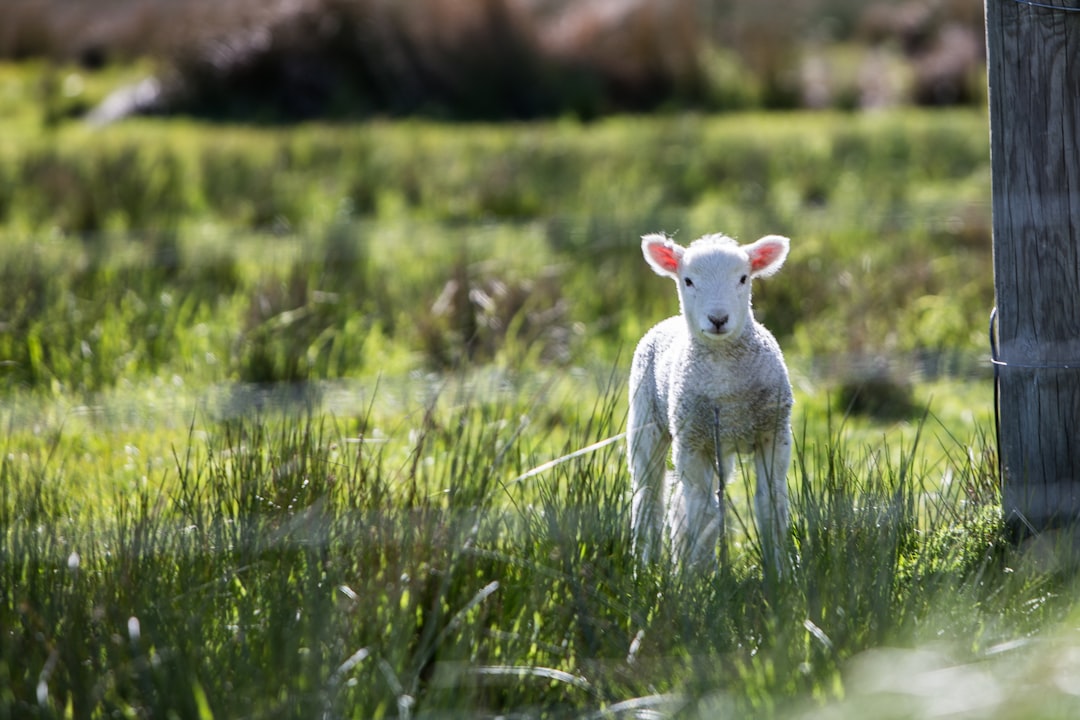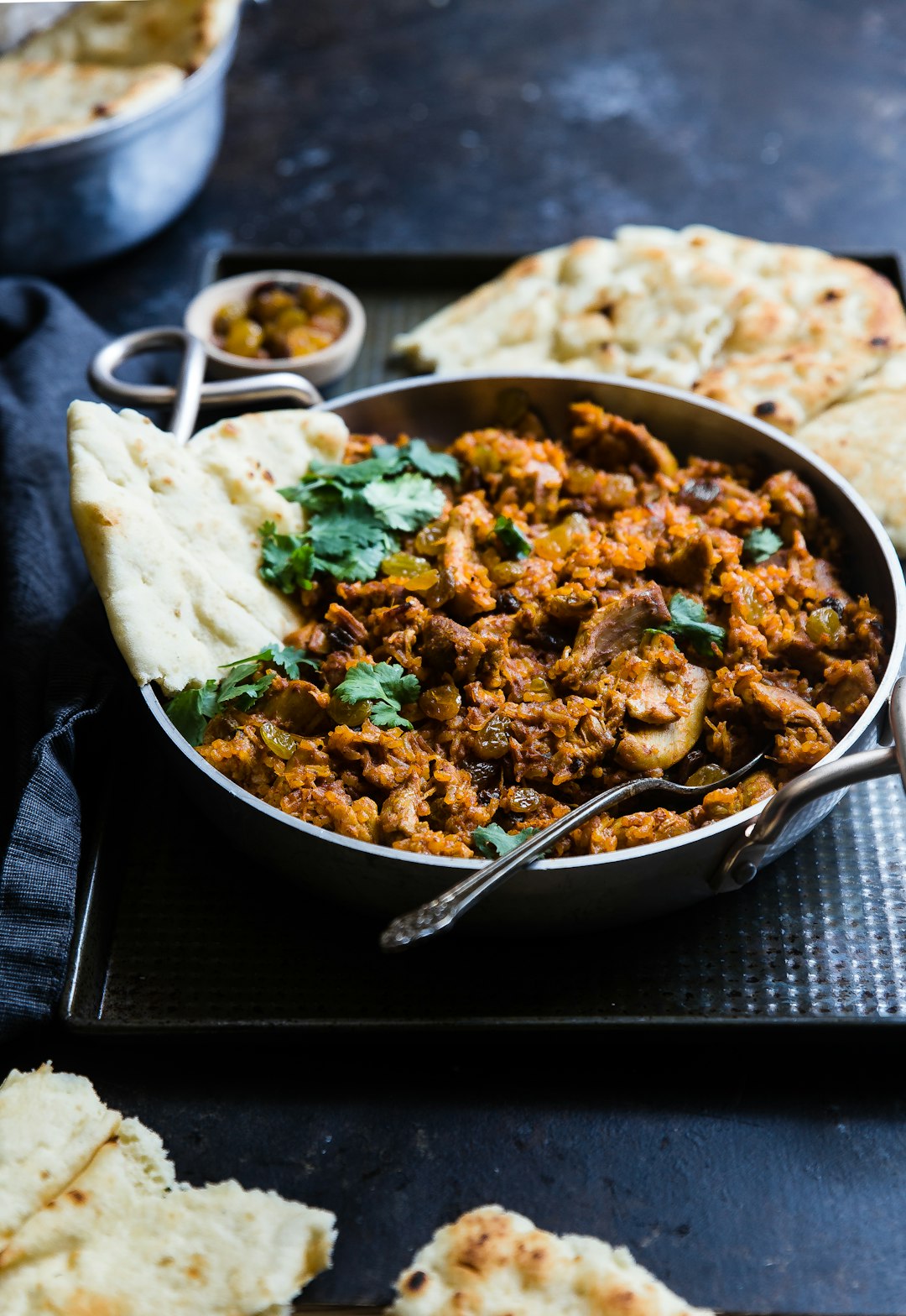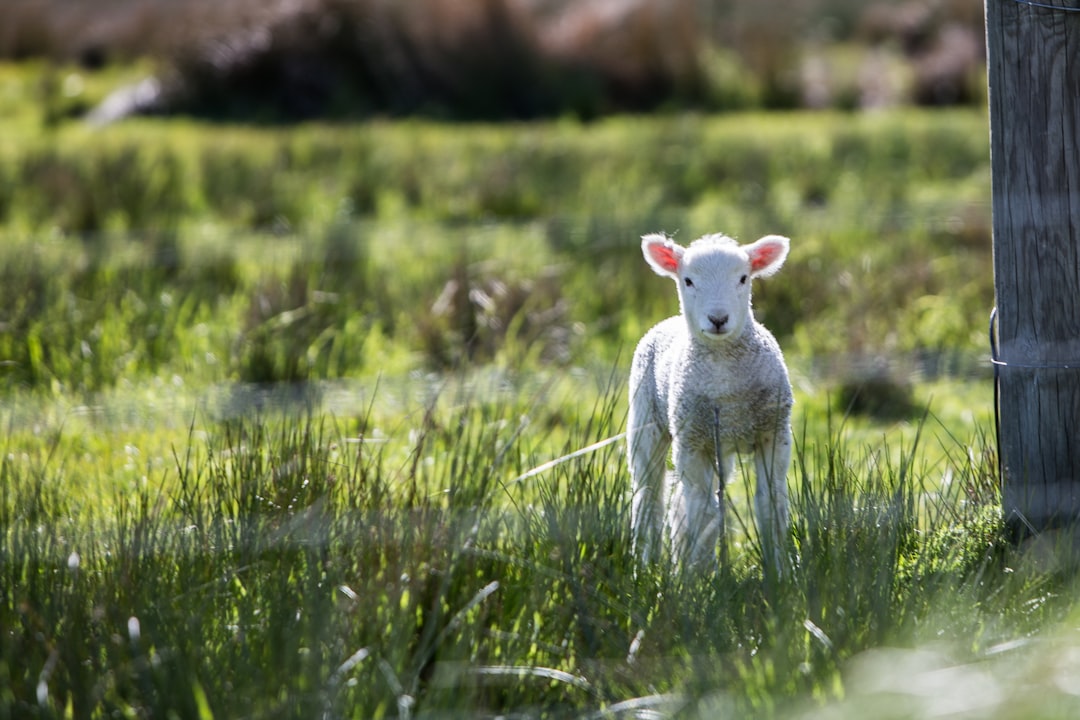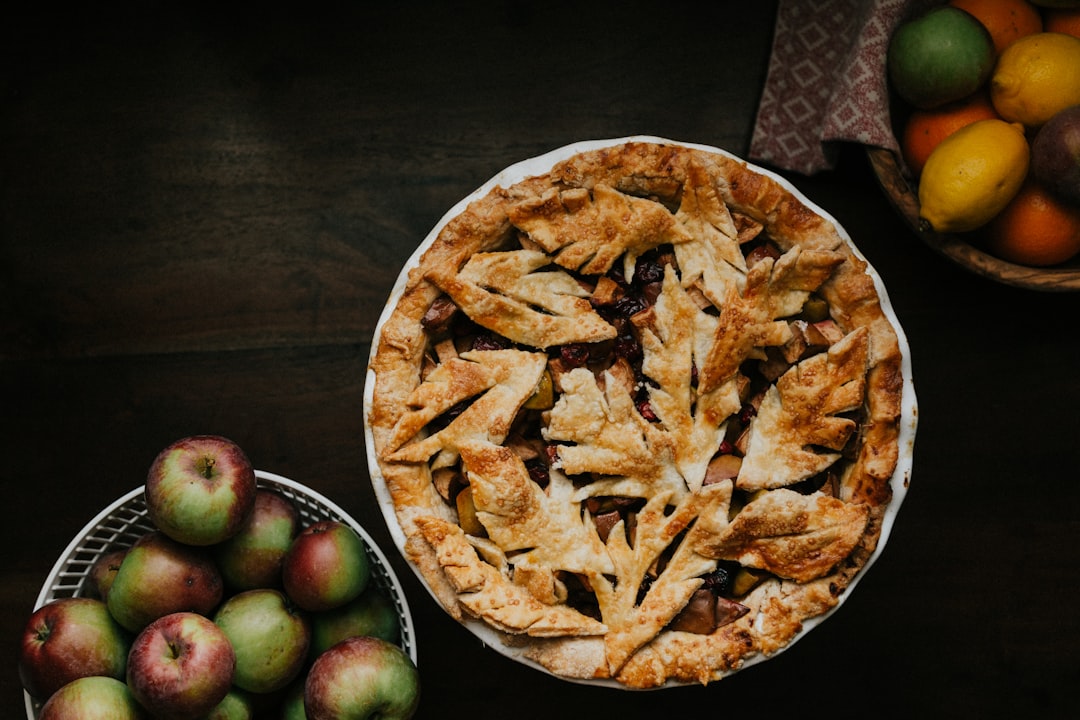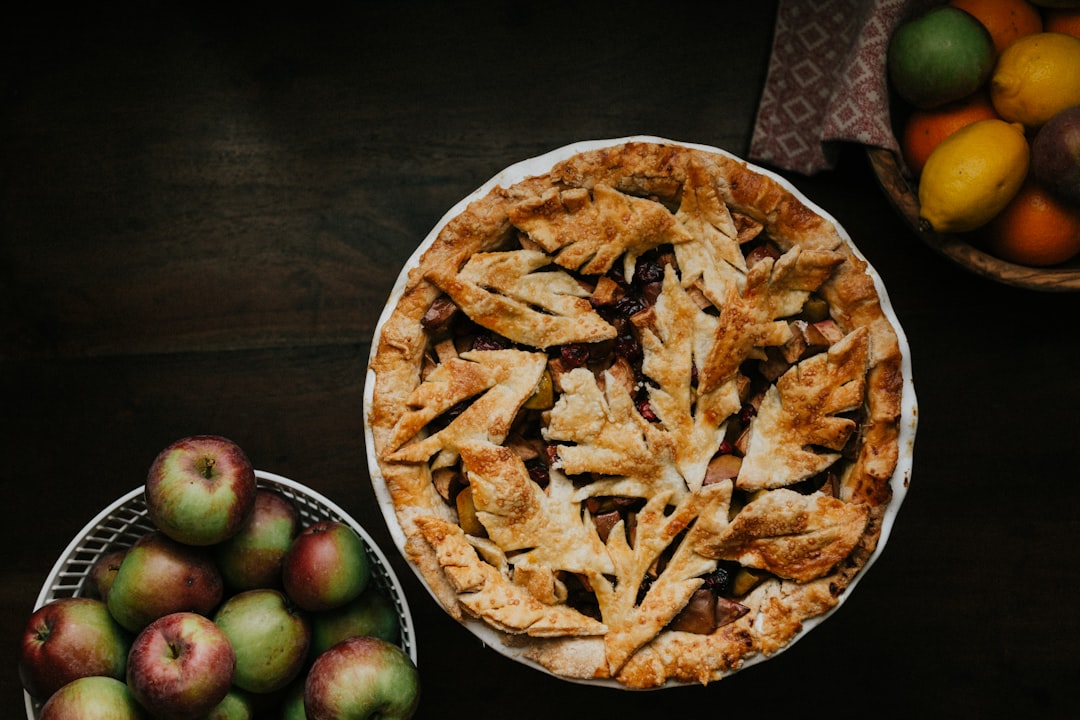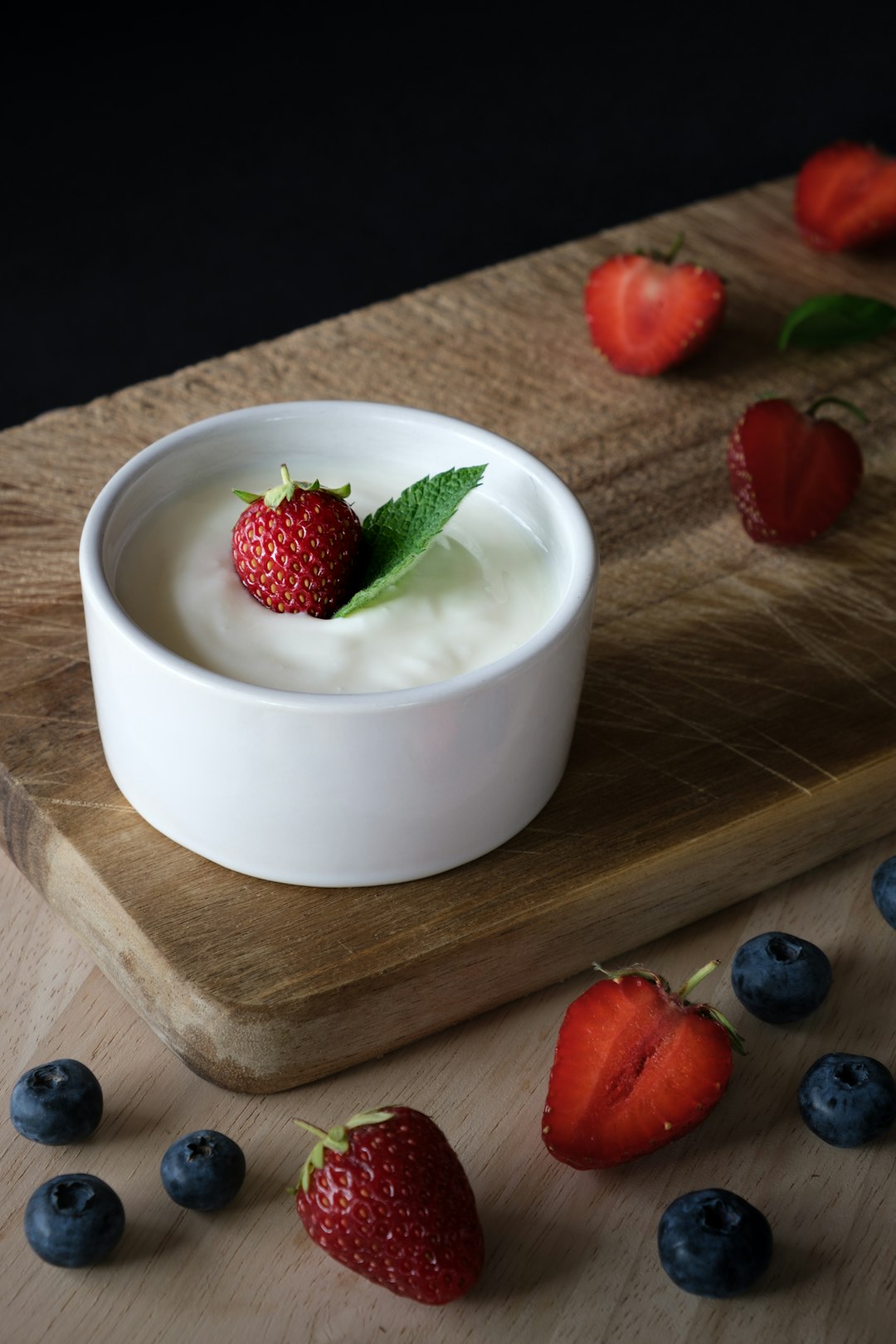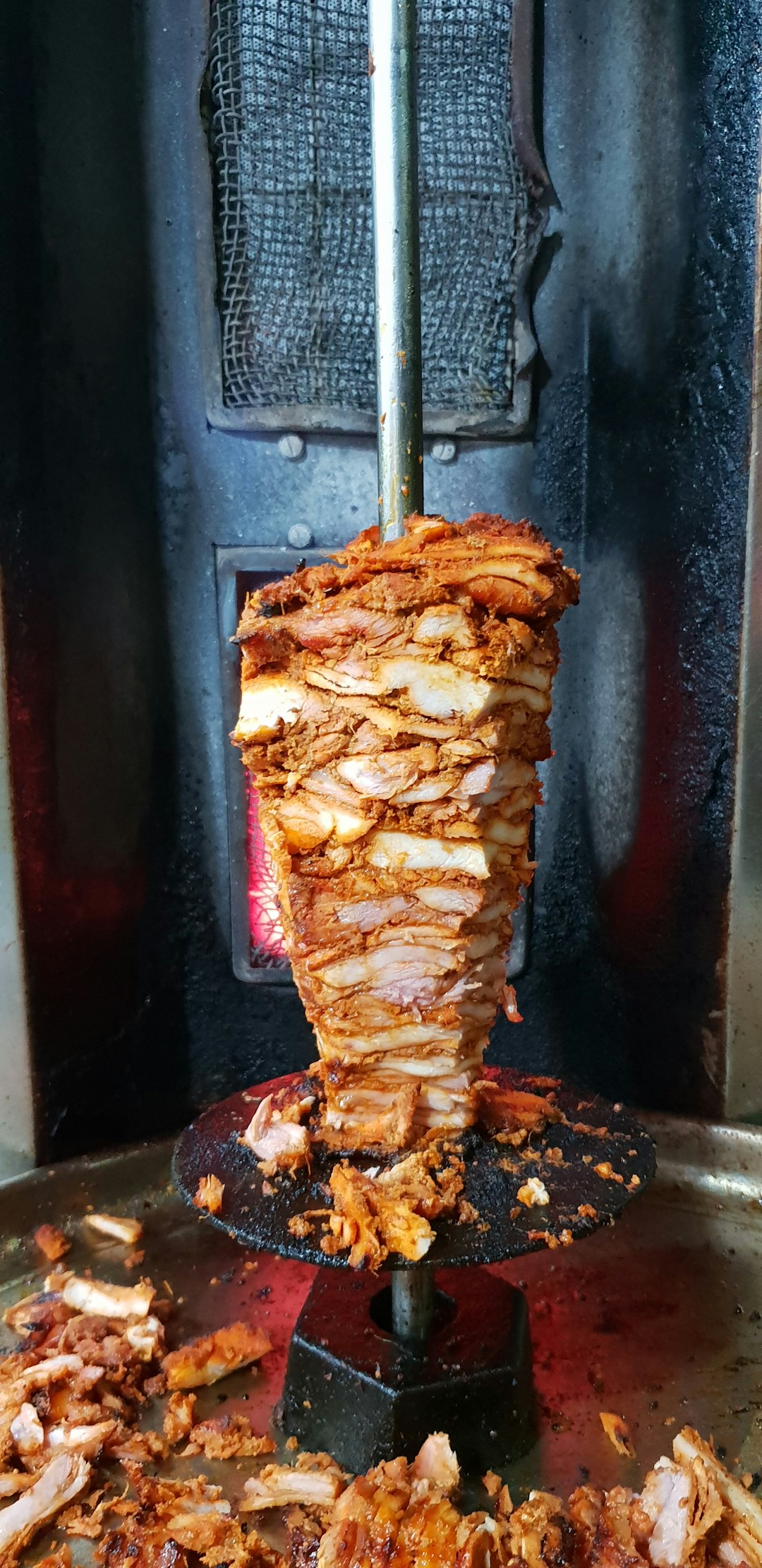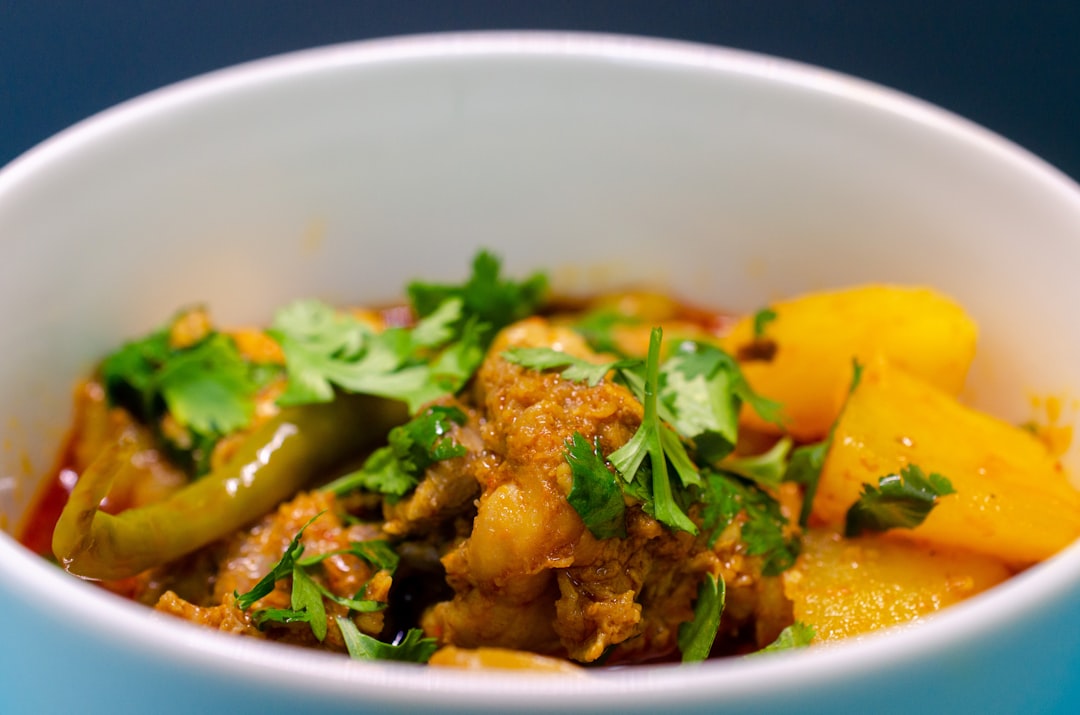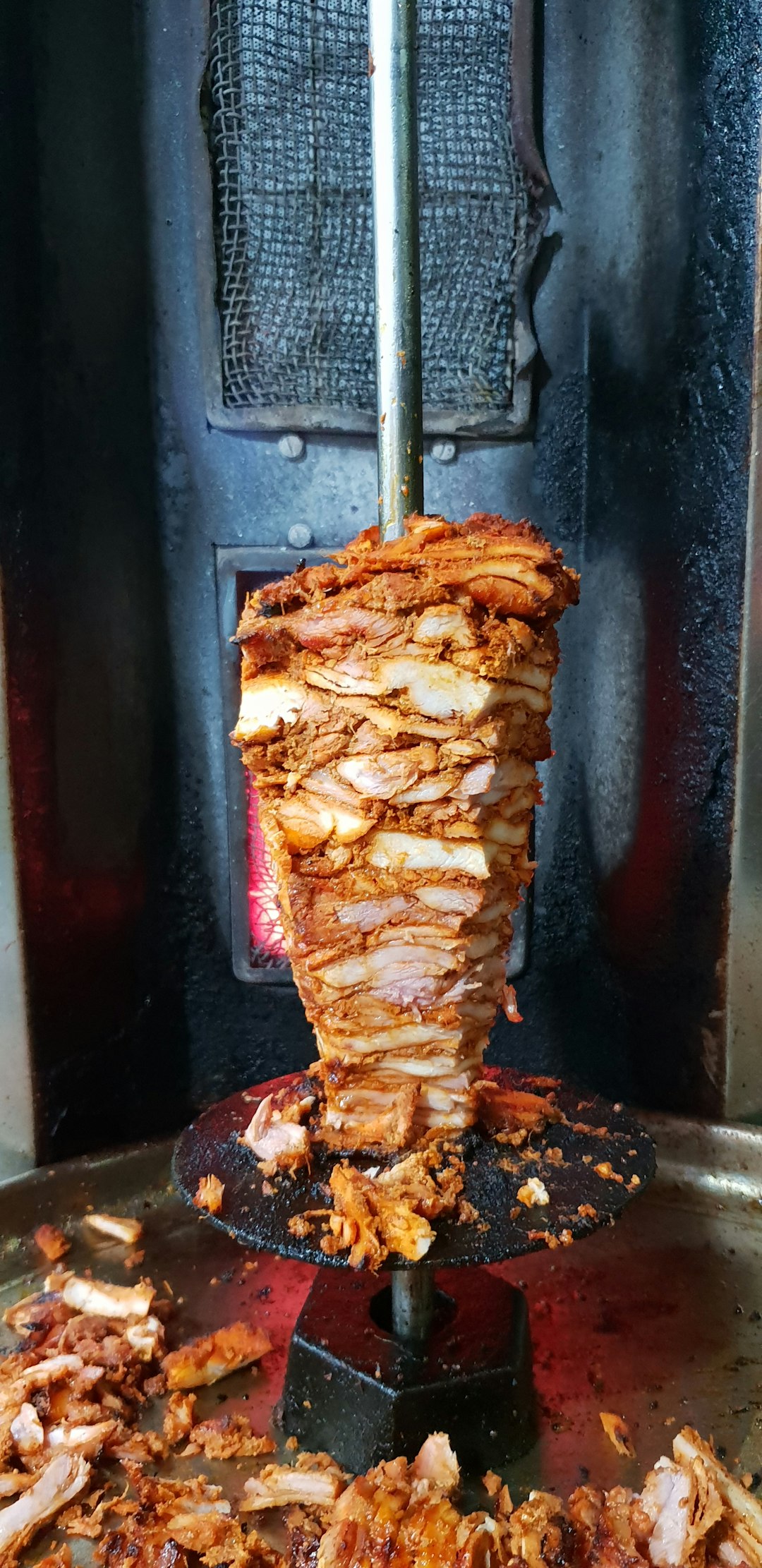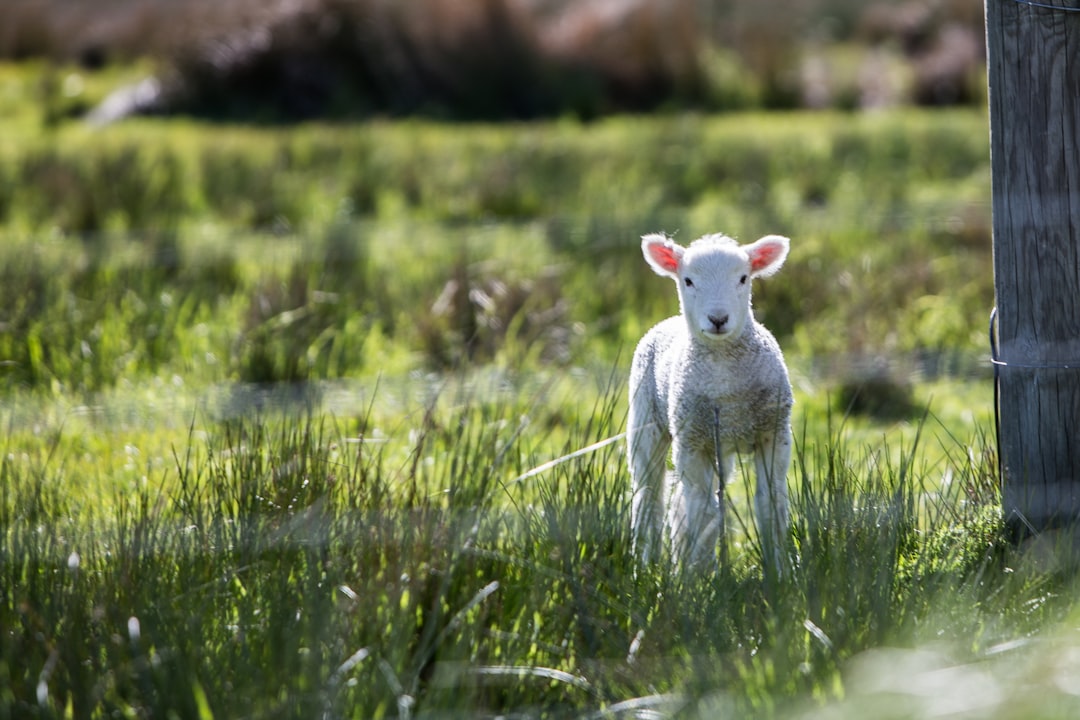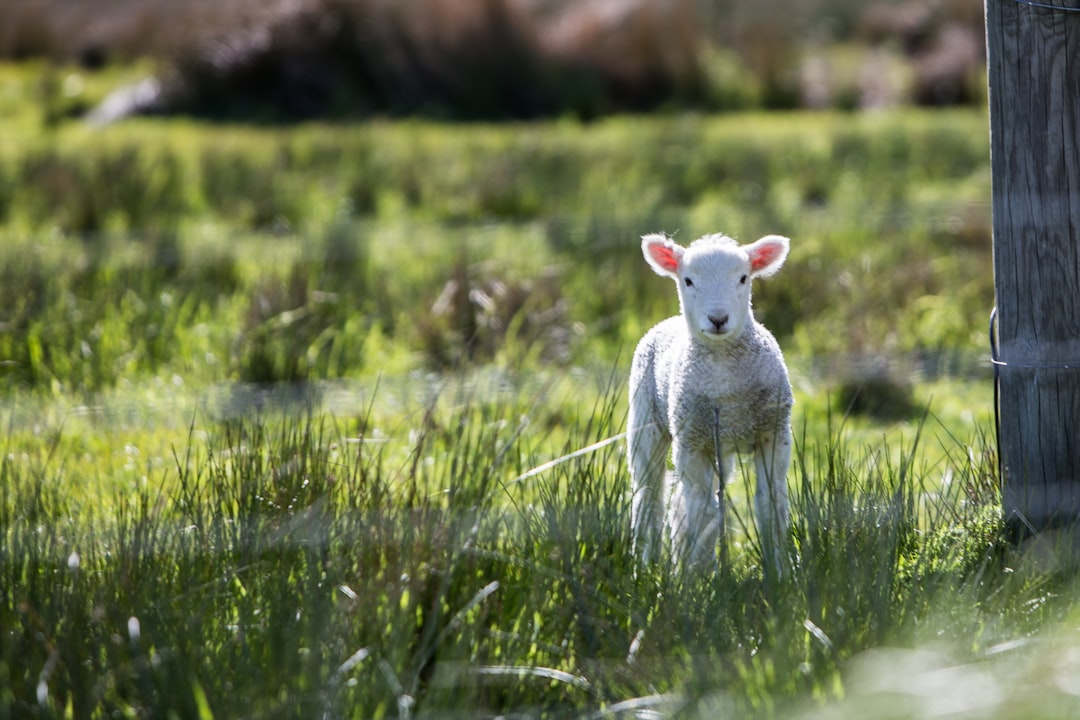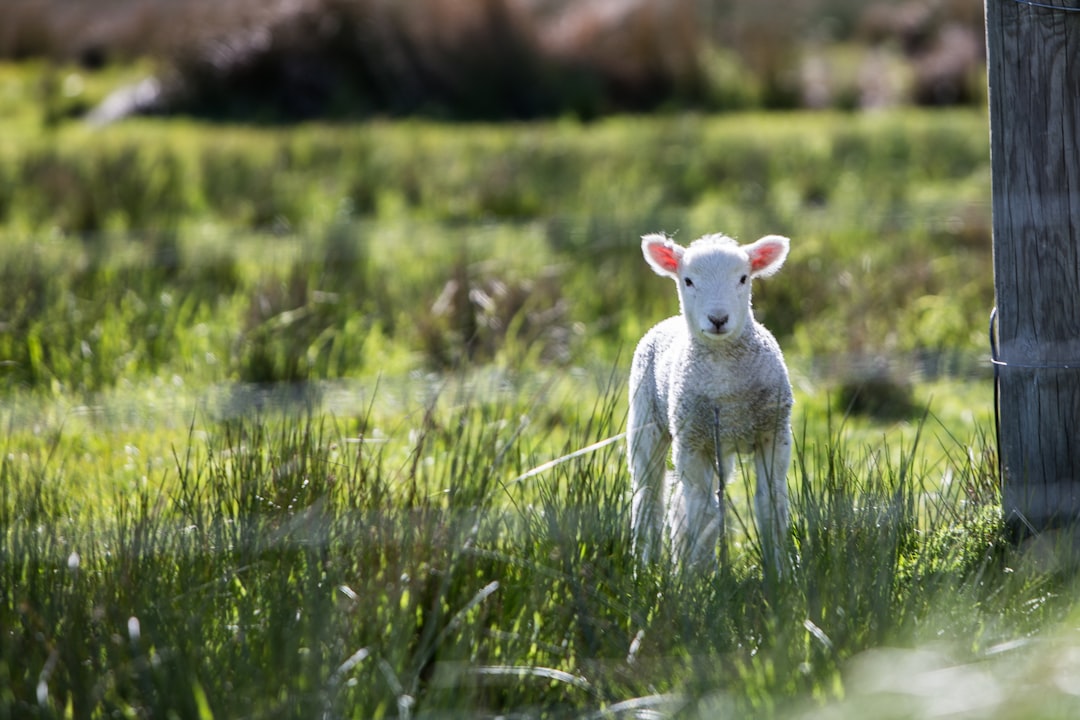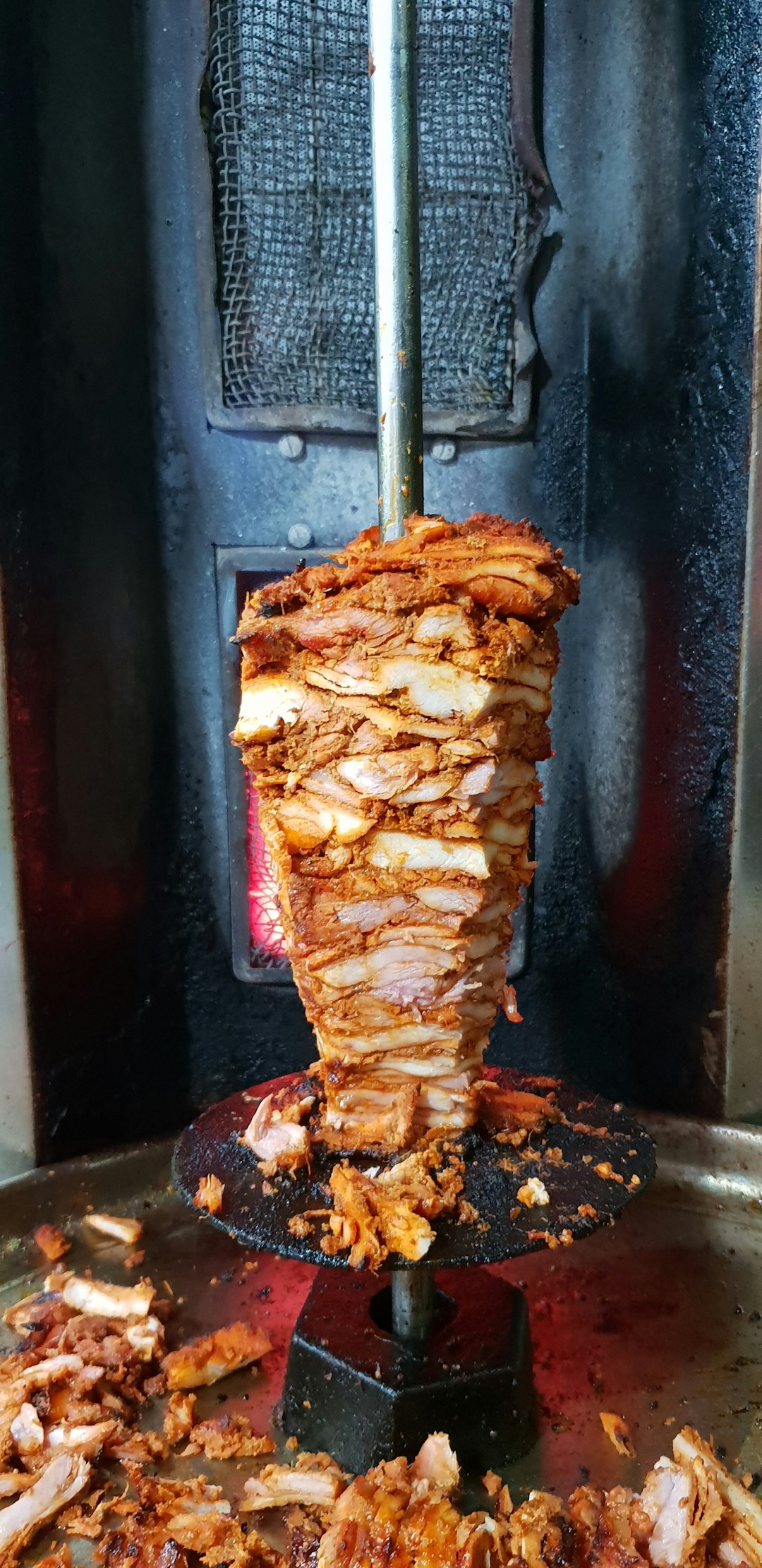Lamb
However, lamb as a consumable meat has been met with ambivalence; some revere it as one of the most succulent proteins while others have reservations due to its ethical implications. Regardless of these debates, it remains indisputable that the flavour profile of lamb is remarkable. On the palate, the soft, tender, gamey flesh of the lamb is a perfect foil for numerous accompaniments, from sweet-sour sauces to subtle spice rubs.
A staple of the Mediterranean diet, there is no shortage of recipes from this region which highlight the versatility of the taste of lamb. Roasted, braised, shawarma-style sandwiches, Moroccan tagines, stews and soups are just a few of the ways in which this meat can be prepared.
It's not just the taste of lamb which draws us back to the table either. It is also one of the richest sources of essential amino acids and vitamins, making it a very nutritious food option.
So whether you choose to indulge the arguments surrounding consumption or not, the richness of flavour and high nutrient value of lamb remains an undeniable treat. Bon appetit!
Lamb dishes
A selection of Lamb dishes.
Scotch pie
The mouthwatering spectacle of culinary bliss encapsulated within the humble embrace of a Scotch pie truly defies the boundaries of gustatory delight. Prepare to embark on a sensory odyssey, where succulent meat dances harmoniously with the delicate crust, and robust flavors mingle with tantalizing aromas, caressing your palate with each and every delectable bite.
Scotch pieSquab pie
Savory, succulent, and steeped in culinary lore - such is the majestic indulgence that is Squab pie. For those with discerning palates and an adventurous spirit, this tender and flavorsome dish beckons you to embark on a gastronomic journey like no other. Inspired by centuries of gastronomic artistry, Squab pie offers a unique dining experience that effortlessly blends tradition with innovation.
Squab pieAlinazik kebab
If you're looking for a flavourful and sumptuous culinary experience unlike any other, look no further than Alinazik kebab. Originating in the stunning Turkish city of Gaziantep, Alinazik kebab truly embodies the lavishness of traditional Turkish cuisine.
Alinazik kebabAloo gosht
If you are looking for a tasty, hearty meal that is full of flavor and packs a punch, look no further than Aloo Gosht. A traditional dish from the Indian subcontinent, this flavorful blend of potatoes, lamb or beef, and spices makes for a scrumptious and comforting feast.
Aloo goshtBeyti kebab
Ah, Beyti kebab - the beloved Turkish dish known for its tantalizing combination of spiced meat, rich tomato sauce and aromatic herbs. There's something deeply satisfying about this dish, which is often served with a crisp salad and warm pide bread. But while the flavor of Beyti kebab may be universally cherished, the history behind it remains shrouded in mystery.
Beyti kebabBiryani
Biryani is an unlikely dish that has become increasingly popular in many countries around the world. It is a highly aromatic and flavor-packed combination of spices, rice and meat, as well as vegetables for vegetarian versions. Originating from the Indian Subcontinent, it has been adopted in numerous cultures, gaining a devoted following.
BiryaniCawl
Cawl is a traditional Welsh dish that has been around for centuries, and has become increasingly popular in recent years for its nutritious and delicious qualities. A hearty mix of vegetables and potatoes cooked in stock, cawl is typically served with a light coating of gravy or sauce - making it a substantial meal that's easy to make and enjoy.
CawlColonial goose
Ah, Colonial Goose. A dish as old and cherished as the nation itself. Few dishes spark a sense of nostalgia quite like this classic American recipe. Dating back centuries, Colonial Goose has evolved over the years to take on a variety of forms and preparations, but at its core it remains a traditional favorite during the holiday season.
Colonial gooseCorn poppy with lamb
There’s nothing quite like a good lamb dish to give your dinner table a kick of flavour and flair. And if you’re looking for something a bit special that still captures the timeless flavour of this classic meat, why not try our deliciously indulgent Corn Poppy with Lamb?
Corn poppy with lambDevilled kidneys
Devilled kidneys. Even the name may be off-putting to some, yet it has endured as a classic British delicacy for as long as most people can remember! Whether served on toast, atop a salad, or placed alongside other dishes, devilled kidneys are a veritable treat when cooked with care.
Devilled kidneysDoner kebab
Ah, the Doner Kebab: a renowned dish of succulent and flavoursome titillation that encapsulates many of the memorable aspects of Middle Eastern cuisine. For centuries this delicacy has been a signature of Eastern gastronomy, and its appeal has transcended national borders.
Doner kebabDrob
Drob is an Eastern European delicacy that has been tantalizing the taste buds of food connoisseurs for centuries. This succulent dish is made from a combination of cooked sheep's liver, surrounding grated boiled eggs and crunchy bulgur wheat. All of these ingredients are mixed together then placed into a pastry casing and steamed.
DrobLamb
Lamb is a succulent, mouth-watering meat that's undeniably delightful. Its sweet, juicy flavor makes it the perfect choice for many dishes, whether you're searching for something fancy or just a classic comfort food. But what are some of the best ways to serve lamb?
First off, there are plenty of classic pairings that work perfectly with lamb. Garlic, rosemary, and lemon add great depth to this already flavorful meat, so consider marinating with these ingredients for an unforgettable meal. Adding a touch of mint or oregano also brings sophisticated notes to your dish. On top of that, acidic sauces like balsamic glazes and chimichurri can help cut through the richness of lamb and give it a more vibrant flavor.
When it comes to typical dishes, one of the most popular is undoubtedly the lamb roast. It may sound intimidating, but it’s actually quite simple: just mix together some garlic, rosemary, oregano, salt, and pepper, and then rub it over the lamb before roasting in the oven. Make sure to baste with a light amount of olive oil or butter while cooking to ensure the roast doesn’t dry out.
Another popular lamb dish is shish kebabs. This is a great dish that can easily be customized by adding whatever vegetables or seasonings you'd like. Marinade the lamb cubes with garlic, cumin, paprika, and yogurt for at least an hour before threading onto metal skewers with vegetables of your choice. Grill to perfection, and you've got a delicious meal.
Although these are two of the most common ways of preparing lamb, there are countless other variations to enjoy. Lamb chops can be cooked in the same way as a roast, but they have a more intense flavor that pairs incredibly well with grilled vegetables and a squeeze of lemon. Stews and braises are also excellent dishes when you want deep, savory flavors, and you can add all sorts of spices and herbs to create something truly memorable.
No matter how you choose to prepare and serve it, lamb is certainly worth a try. With its depth of flavor and array of potential dishes, there's no limit to the ways you can enjoy this fantastic meat. Whether you go for a timeless classic or create something a bit more inventive, you'll never be disappointed with lamb.
History of Lamb
The origins of lamb food is one of the more captivating stories in culinary history. The succulent dish -- usually featuring roasted, stewed, or braised lamb -- has been enjoyed by cultures throughout the world since antiquity.
The earliest known references to the dish can be found in Mesopotamian and Assyrian texts, where they referred to it as "kisirtu", or "sheep meat". While the exact details of kisirtu's preparation remain a mystery, it likely involved roasting the meat over an open fire which a process that likely carried forward into other cultures.
The Roman Empire is credited with spreading the dish throughout the region, ensuring its popularity among the various cultures that fell under Roman rule. The Romans were particularly enamored with the dish's capacity for incorporating a range of seasonings, allowing for some truly unique flavors profiles.
The dish is also believed to have spread to Northern Europe during the Middle Ages, where it became popular among the wealthy classes. It continued to become more ubiquitous with the rise of the Ottomans, who incorporated it into their own cuisines and introduced it to other parts of the world.
Today, the dish can be found in numerous countries around the globe, whether prepared according to traditional recipes or as part of something new and exciting. Its popularity is a testament to its remarkable staying power, as well as its undeniable tastiness. For those looking to explore their culinary palate, few dishes are quite as satisfying and delightful as a perfectly prepared helping of lamb.


